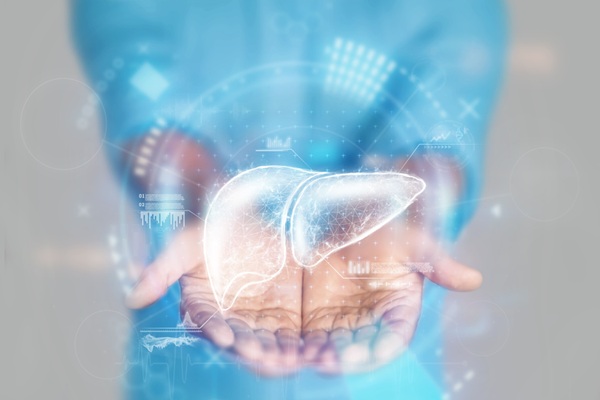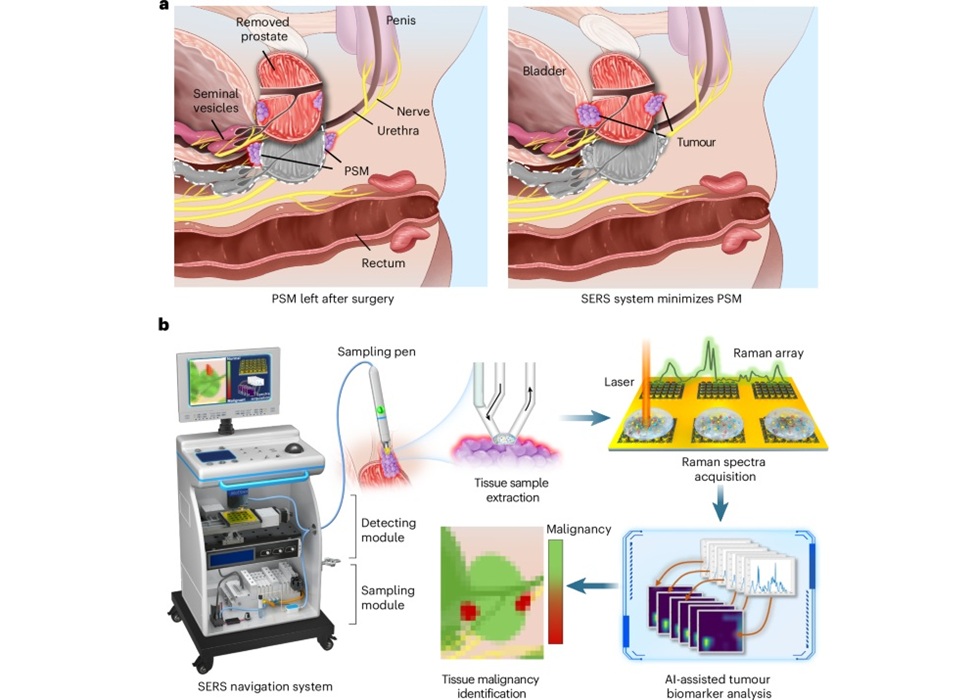3D Bioprinting Rebuilds the Human Heart
|
By HospiMedica International staff writers Posted on 13 Aug 2019 |
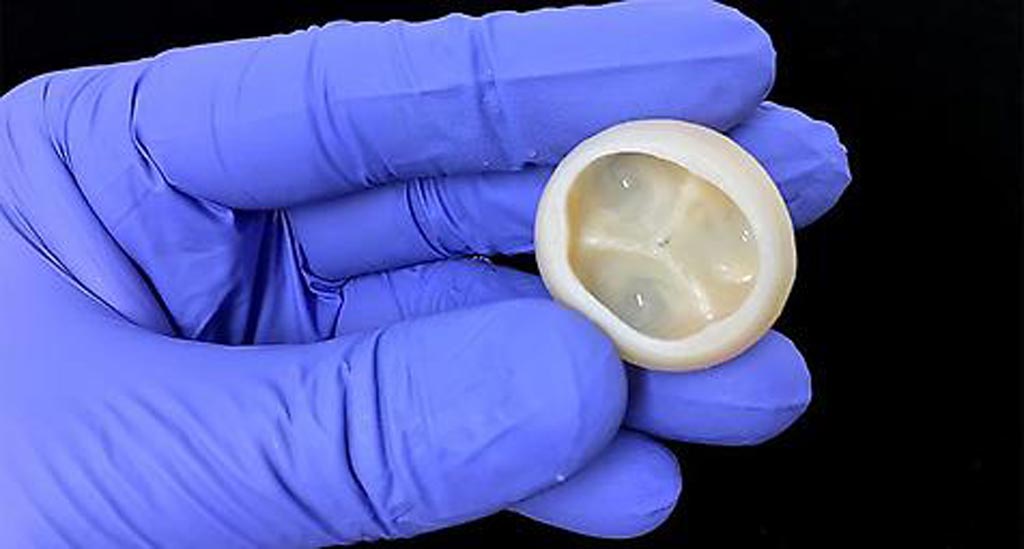
Image: A trileaflet heart valve 3D printed using FRESH (Photo courtesy of CMU).
A new study describes a collagen scaffold tissue engineering technique that brings us one step closer to being able to three-dimensionally (3D) print a full-sized, adult human heart.
Developed by researchers at Carnegie Mellon University (CMU; Pittsburgh, PA, USA), the technique, called freeform reversible embedding of suspended hydrogels (FRESH), allows collagen to be deposited layer-by-layer within a the hydrogel support bath, giving it a chance to solidify in place before it is removed. Controlling the pH-driven gelation provides a 20-micrometer filament resolution porous microstructure that enables rapid cellular infiltration and micro-vascularization, allowing the fabrication and perfusion of multiscale vasculature and tri-leaflet valves.
The FRESH support gel is easily melted away by heating it from room temperature to body temperature after printing is completed, without damaging the 3D printed collagen structure or the cells. The 3D-bioprinted collagen scaffold can be used to engineer components of the human heart at various scales, from capillaries to a full organ, with high fidelity and function. For the study, cardiac ventricles printed using human cardiomyocytes demonstrated synchronized contractions, directional action potential propagation, and wall thickening up to 14% during peak systole. The study was published on August 2, 2019, in Science.
“Collagen is an extremely desirable biomaterial to 3D print with because it makes up literally every single tissue in your body. What makes it so hard to 3D print, however, is that it starts out as a fluid; so if you try to print this in air it just forms a puddle on your build platform,” said co-lead author PhD student Andrew Hudson, MSc. “We've developed a technique that prevents it from deforming. What we're talking about is the convergence of technologies in the areas of stem cell science, machine learning, and computer simulation, as well as new 3D bioprinting hardware and software.”
Collagen is an ideal material for biofabrication due to its critical role in the extracellular matrix (ECM), where it provides mechanical strength, enables structural organization of cell and tissue compartments, and serves as a depot for cell adhesion and signaling molecules. However, it is difficult to 3D-bioprint complex scaffolds using collagen in its native unmodified form because gelation is typically achieved using thermally driven self-assembly, which is difficult to control.
Related Links:
Carnegie Mellon University
Developed by researchers at Carnegie Mellon University (CMU; Pittsburgh, PA, USA), the technique, called freeform reversible embedding of suspended hydrogels (FRESH), allows collagen to be deposited layer-by-layer within a the hydrogel support bath, giving it a chance to solidify in place before it is removed. Controlling the pH-driven gelation provides a 20-micrometer filament resolution porous microstructure that enables rapid cellular infiltration and micro-vascularization, allowing the fabrication and perfusion of multiscale vasculature and tri-leaflet valves.
The FRESH support gel is easily melted away by heating it from room temperature to body temperature after printing is completed, without damaging the 3D printed collagen structure or the cells. The 3D-bioprinted collagen scaffold can be used to engineer components of the human heart at various scales, from capillaries to a full organ, with high fidelity and function. For the study, cardiac ventricles printed using human cardiomyocytes demonstrated synchronized contractions, directional action potential propagation, and wall thickening up to 14% during peak systole. The study was published on August 2, 2019, in Science.
“Collagen is an extremely desirable biomaterial to 3D print with because it makes up literally every single tissue in your body. What makes it so hard to 3D print, however, is that it starts out as a fluid; so if you try to print this in air it just forms a puddle on your build platform,” said co-lead author PhD student Andrew Hudson, MSc. “We've developed a technique that prevents it from deforming. What we're talking about is the convergence of technologies in the areas of stem cell science, machine learning, and computer simulation, as well as new 3D bioprinting hardware and software.”
Collagen is an ideal material for biofabrication due to its critical role in the extracellular matrix (ECM), where it provides mechanical strength, enables structural organization of cell and tissue compartments, and serves as a depot for cell adhesion and signaling molecules. However, it is difficult to 3D-bioprint complex scaffolds using collagen in its native unmodified form because gelation is typically achieved using thermally driven self-assembly, which is difficult to control.
Related Links:
Carnegie Mellon University
Channels
Critical Care
view channel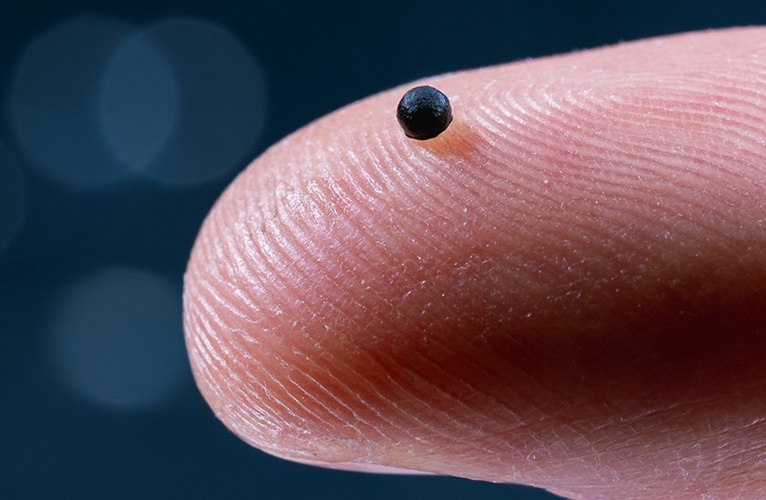
Magnetically Guided Microrobots to Enable Targeted Drug Delivery
Stroke affects 12 million people globally each year, often causing death or lasting disability. Current treatment relies on systemic administration of clot-dissolving drugs, which circulate throughout... Read more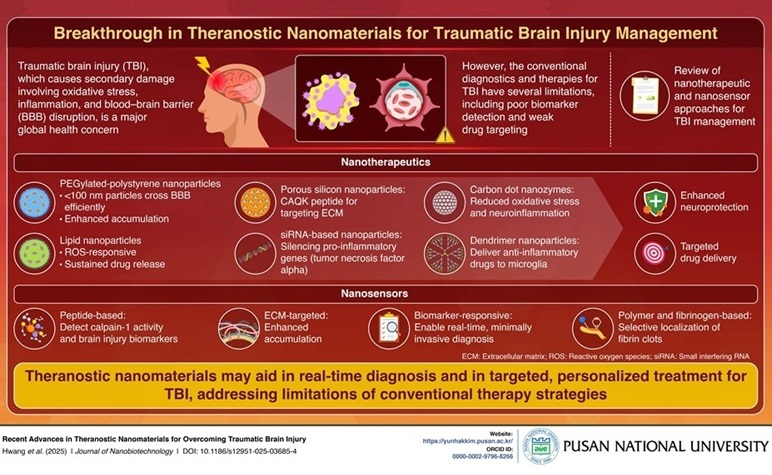
Smart Nanomaterials Detect and Treat Traumatic Brain Injuries Simultaneously
Traumatic brain injury (TBI) continues to leave millions with long-term disabilities every year. After a sudden impact from a fall, collision, or accident, the brain undergoes inflammation, oxidative stress,... Read more
Earlier Blood Transfusion Could Reduce Heart Failure and Arrhythmia in Heart Disease Patients
Blood loss during or after surgery can place significant stress on people with heart disease, increasing the risk of dangerous complications. Transfusions are often delayed until hemoglobin levels fall... Read moreSurgical Techniques
view channel
New Study Findings Could Halve Number of Stent Procedures
When a coronary artery becomes acutely blocked during a heart attack, opening it immediately is essential to prevent irreversible damage. However, many patients also have other narrowed vessels that appear... Read more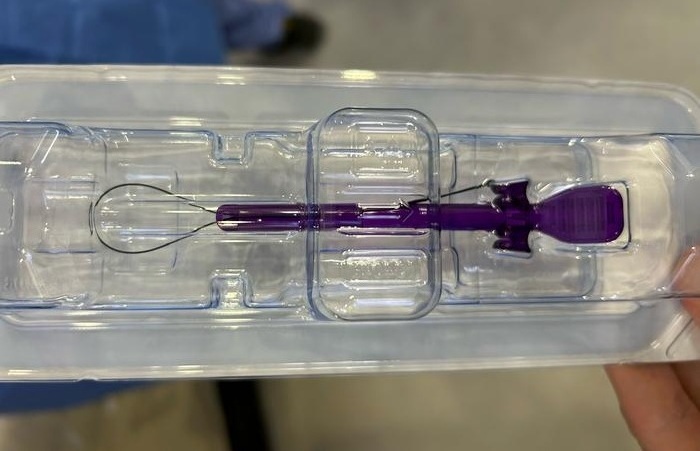
Breakthrough Surgical Device Redefines Hip Arthroscopy
Hip arthroscopy has surged in popularity, yet surgeons still face major mechanical constraints when navigating deep joint spaces through traditional cannulas. Limited tool mobility and the need for an... Read morePatient Care
view channel
Revolutionary Automatic IV-Line Flushing Device to Enhance Infusion Care
More than 80% of in-hospital patients receive intravenous (IV) therapy. Every dose of IV medicine delivered in a small volume (<250 mL) infusion bag should be followed by subsequent flushing to ensure... Read more
VR Training Tool Combats Contamination of Portable Medical Equipment
Healthcare-associated infections (HAIs) impact one in every 31 patients, cause nearly 100,000 deaths each year, and cost USD 28.4 billion in direct medical expenses. Notably, up to 75% of these infections... Read more
Portable Biosensor Platform to Reduce Hospital-Acquired Infections
Approximately 4 million patients in the European Union acquire healthcare-associated infections (HAIs) or nosocomial infections each year, with around 37,000 deaths directly resulting from these infections,... Read moreFirst-Of-Its-Kind Portable Germicidal Light Technology Disinfects High-Touch Clinical Surfaces in Seconds
Reducing healthcare-acquired infections (HAIs) remains a pressing issue within global healthcare systems. In the United States alone, 1.7 million patients contract HAIs annually, leading to approximately... Read moreBusiness
view channel
Philips and Masimo Partner to Advance Patient Monitoring Measurement Technologies
Royal Philips (Amsterdam, Netherlands) and Masimo (Irvine, California, USA) have renewed their multi-year strategic collaboration, combining Philips’ expertise in patient monitoring with Masimo’s noninvasive... Read more
B. Braun Acquires Digital Microsurgery Company True Digital Surgery
The high-end microsurgery market in neurosurgery, spine, and ENT is undergoing a significant transformation. Traditional analog microscopes are giving way to digital exoscopes, which provide improved visualization,... Read more
CMEF 2025 to Promote Holistic and High-Quality Development of Medical and Health Industry
The 92nd China International Medical Equipment Fair (CMEF 2025) Autumn Exhibition is scheduled to be held from September 26 to 29 at the China Import and Export Fair Complex (Canton Fair Complex) in Guangzhou.... Read more







.jpg)



